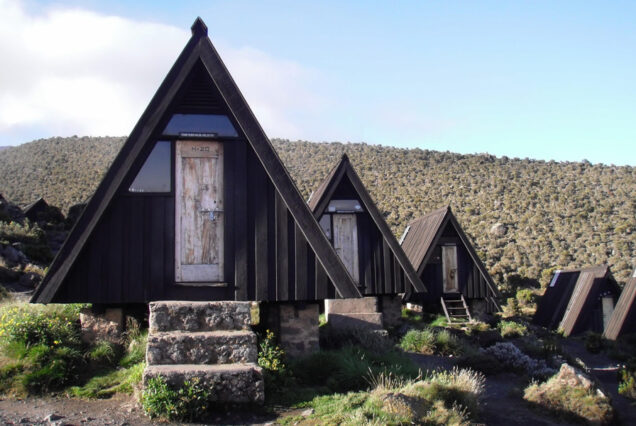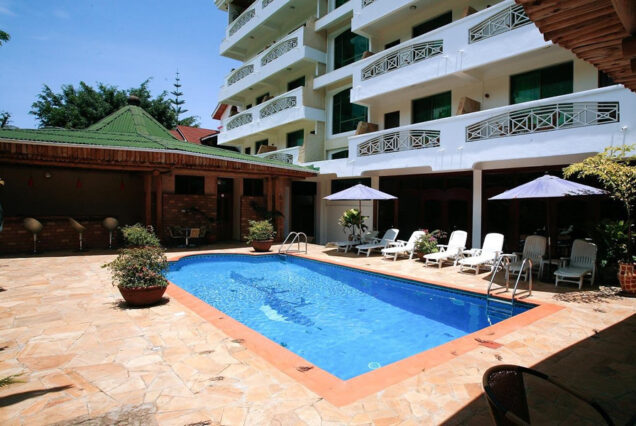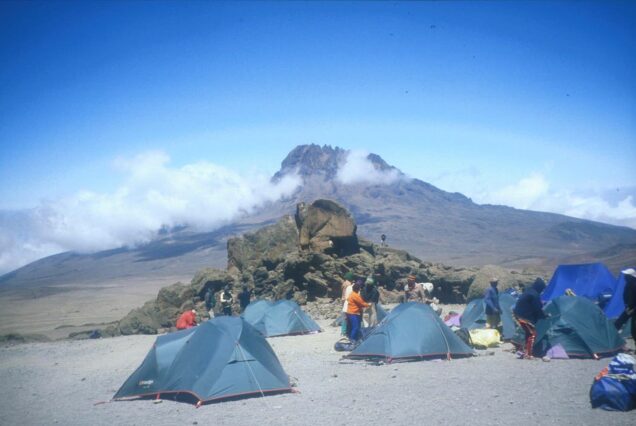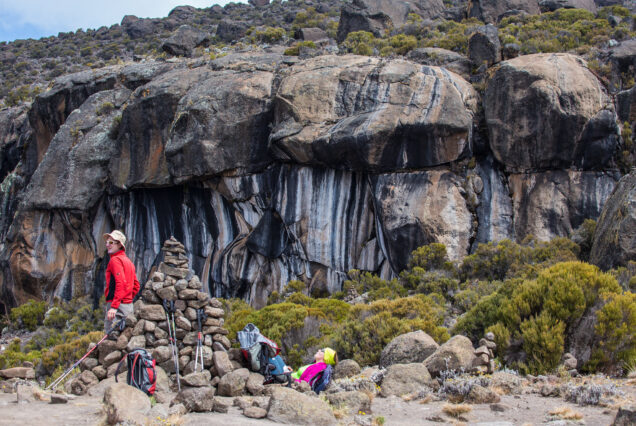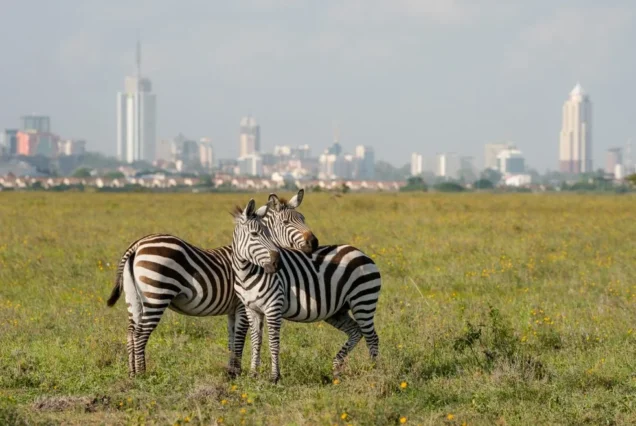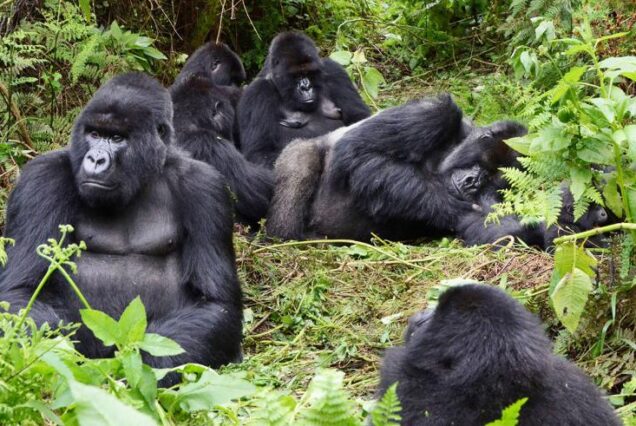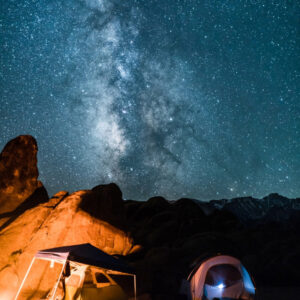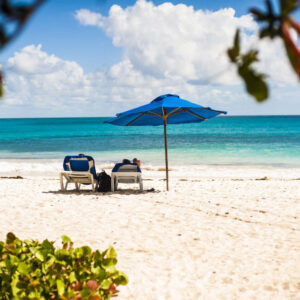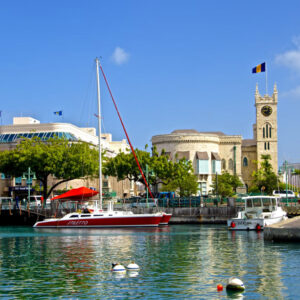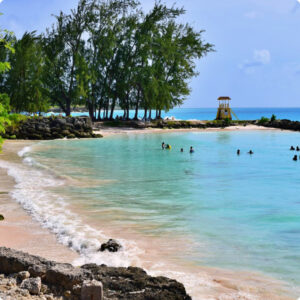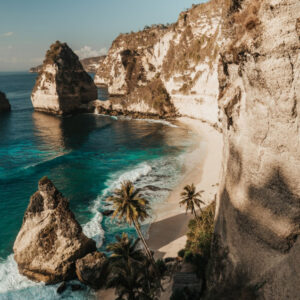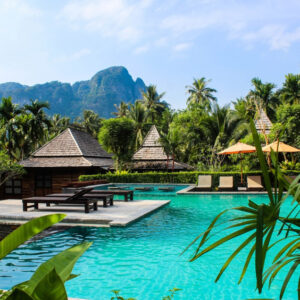Price: From $1900 per person- Marangu Route
At 19,336 feet, snow-capped Mount Kilimanjaro in Tanzania is Africa’s highest peak. It is the world’s tallest walkable mountain, and what a walk it is. You go through 5 different climatic zones to reach the summit. Follow the advice and tips below and you should reach the “roof of Africa” in good health.
Difficulty: Hard
Time Required: 7 -10 Days
Requirements before trip.
Book in advance.This will enable you to go in high season, which is January-March and September-October. High Season is a good time to go simply because the weather conditions are safest for climbing.
- Get fit. Break in your hiking boots and walk the dog; climb stairs; hike some hills with a pack on — walking is the best way to prepare yourself for the long hike up Kilimanjaro. You need to build up stamina. It’s a good idea to get a basic medical check-up before you go. You don’t want to be dealing with an ingrown toenail or worse at 18,000 feet. Travel insurance that includes medical is also a must.
- Pack well. Pack light but make sure you have everything you need to deal with altitude and variation in temperatures. Don’t worry about carrying it yourself since a porter will take up to 30lbs (15kg) of your personal gear in a duffel bag. You can rent some equipment and clothing locally but you may end up with teeny sleeping bags and a fraying pink jacket.
- Choose your route. Make sure your hike is at least 6-7 days for maximum success. Any shorter and you will not be properly acclimatized. Routes vary in degree of difficulty, traffic and scenic beauty. The least difficult routes are Marangu and Rongai; the more difficult routes are Machame, Shira and Limosho. The longer routes may have more difficult hiking but you’ll be more acclimatized and your chances of reaching the summit are therefore higher. The longer western routes also allow you to start your summit day at a more reasonable hour.
- Dealing with altitude. Pace yourself; you will hear the Swahili phrase “pole pole” – slowly slowly, heed it well. Drink lots of water about 4-5 liters a day is recommended. Luckily the mountain streams after the first day are good to drink and naturally cooled.Walk high and sleep low. Take a walk to a higher elevation during the day and come back down to sleep. Consult a doctor before you go and get some medication to prevent altitude sickness. Also make sure your guides are carrying the proper medical equipment such as oxygen, radios and a recompression bag to deal with altitude sickness if it arises.
- Reaching the summit. The hardest part of the trek. Pace yourself, be determined, and you will reach the Uhuru peak. The final ascent is usually timed so you can watch the sunrise over the crater and distant plains. Enjoy the view take a few photos and get back down before you get too affected by the high altitude. Take a well-earned nap.
Tips:
- Cost:A trek can cost from $2400-$5000 per person. The fee includes camping, food, guides and transport to and from the mountain exclusive of park fee. You want to make sure your food is decent, your guides and porters are well paid and well trained and you get a good night’s sleep. While the shorter routes are cheaper, you actually have less chance of reaching the summit because you don’t have the time to acclimatize to the altitude. If you opt for a “good deal” make absolutely sure that your guides and porters are well-equipped to handle emergencies.
- Leave your passport, credit cards and traveller checksat a hotel, you won’t need them on the mountain. Do take copies of your important papers with you in case of an emergency. Also take enough money with you to tip your porters, guides and cooks. Ask your tour operator what the typical tip amounts should be beforehand.
- Digital cameraequipment doesn’t always perform well under very low temperatures. The batteries can’t deal with the cold weather so make sure you wrap them in your sleeping bag or put them in your jacket pocket. Also, check the specs before you go and take extra batteries with you. You probably won’t want to climb up to the summit again to get that snapshot.
- Familiarize yourself with the symptoms of Acute Mountain Sickness(AMS), usually headaches, nausea and disorientation. If you feel any of these symptoms descend!
Included/Excluded
- 2 Nights accommodation at Kibo Palace Hotel or Kibo Homes werft er
- Quality, waterproof, four-season private mountain sleeping tents.
- Professional, experienced, mountain guides.
- Two nights hotel in Arusha.
- All Park fees
- Rescue fees
- All meals while on the Mountain
- Arrival and Departure transfers.
- Guides, Porters, cook salaries and park fees.
- Quality Mess tents with table and chairs.
- Large portions of fresh, healthy, nutritious food
- Clean, purified drinking water.
- Private, portable chemical flush toilets.
- Crisis management and safety procedures.
- Fair and ethical treatment of porters.
- Summit Emergency Oxygen.
- Pulse Oximeters.
- Walking Poles
- Emergency Evacuation by Flying Doctor Society of Africa
- Tanzania Visa: $50 per person on arrival
- Personal Expenses (e.g. laundry, telephone, beverages, etc.)
- Meals not listed above
- Optional Tours (short safari after your climb etc)
- Tips and any items of personal nature.
Tour Plan
We stay at Kilimanjaro Mountain Resort, which is beautifully located on the lower slopes of Mount Kilimanjaro and is a perfect place to prepare for your adventure.
[caption id="attachment_9724" align="alignnone" width="300"]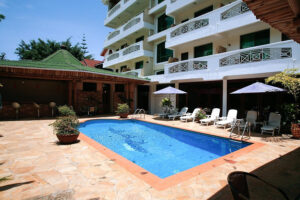 Kilimanjaro Mountain Resort[/caption]
Kilimanjaro Mountain Resort[/caption]
We will gather in the evening at 5:30 pm for a pre-climb briefing and an equipment check.
We will also confirm you have the appropriate mandatory medical coverage and travel insurance.
After having your breakfast we will make a short journey from your hotel in Marangu to National Park gate for the necessary formalities at the gate. We start the climbs through fascinating tropical rain forest; we reach the first hut at Mandara for dinner and overnight. An alternative is to simply rest and relax the beautiful forest around the camp.

Marangu Gate to Mandara Hut (2,700 m): 5-6 hours walking.
Today the first part of the walk is a steep ascent through forest, but the path soon opens out into moorland and, in clear weather, there are great views of Kibo and Mawenzi peaks.
We arrive at Horombo Hut mid-afternoon, where you can relax and enjoy the stunning scenery around the camp.
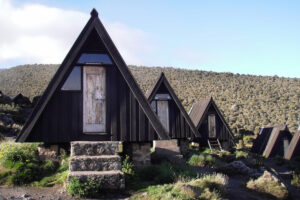
Mandara Hut to Horombo Hut (3,720 m): 4-6 hours walking.
Today we walk towards the Mawenzi hut, passing the Zebra Rocks, this extra day and night at Horombo is for additional acclimatization.
[caption id="attachment_9726" align="alignnone" width="300"]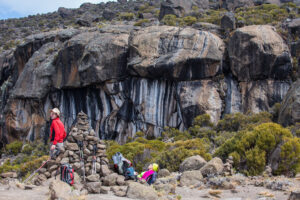 Beautiful Scenery of Zebra Rocks[/caption]
Beautiful Scenery of Zebra Rocks[/caption]
We recommend drinking enough water and walking slowly! All meals for the day are provided at the Horrombo hut.
Horombo hut to further improve our acclimatization.
Today we climb very gradually towards the lunar desert of the Saddle between Mawenzi and Kibo. These 6-7 hours walking will be taken at a slow pace until we reach Kibo Hut (4,700m), where we will spend the night in a comfortable hut.
[caption id="attachment_9727" align="alignnone" width="300"]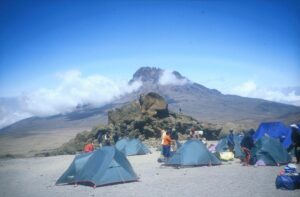 Relaxing in the Kibo huts[/caption]
Relaxing in the Kibo huts[/caption]
There is no running water at Kibo Hut. The remainder of the day is spent relaxing in preparation for the final ascent before a very early night.
Horrombo Hut to Kibo Hut (4,700 m.); 4-6 hours walking.
Wake up before midnight in the cover of darkness. We begin a steep climb over loose volcanic scree has some well-graded zig-zags and a slow but steady pace will take us to rim of the main crater, Gillman’s 5,685 m. We will rest there for few minutes to enjoy the sunrise over Mawenzi. Those who are still feeling good can continue slowly to make the three hour round trip from here along the crater rim to Uhuru peak 5,895 m. which is the highest point in Africa.
[caption id="attachment_9728" align="alignnone" width="275"]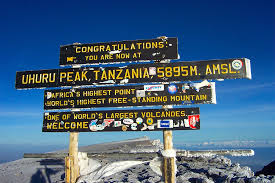 Uhuru peak 5,895 m, Highest Point in Africa[/caption]
Uhuru peak 5,895 m, Highest Point in Africa[/caption]
After a few minutes to appreciate your accomplishment we descend to Kiko Hut is amazingly fast, and we stop at Kibo Hut for some refreshment, we continue to descend to reach Horrombo Hut.
Kibo Hut to Summit to Horombo Hut (3,720 m.): 13-15 hours walking.
Today we will descend past Mandara hut to Marangu National Park, successful climbers will receive their summit certificates. From here you will be transferred to Kilimanjaro Mountain Resort for dinner and overnight.
[caption id="attachment_9729" align="alignnone" width="281"]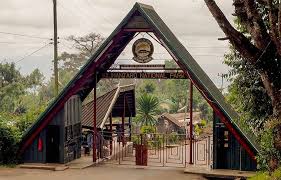 Marangu Gate[/caption]
Marangu Gate[/caption]
Horombo hut to Marangu Gate. (6-7 hours walking).
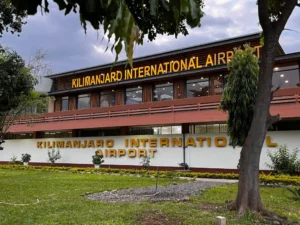
Inquire/ Book Now
Experience unforgettable safaris with African Wild Encounters Kenya Safaris (AWEKS). We offer personalized, authentic, and expertly guided tours across Kenya for adventure seekers and nature lovers.
- © 2025 | African Wild Encounters Kenya Safaris (AWEKS)

